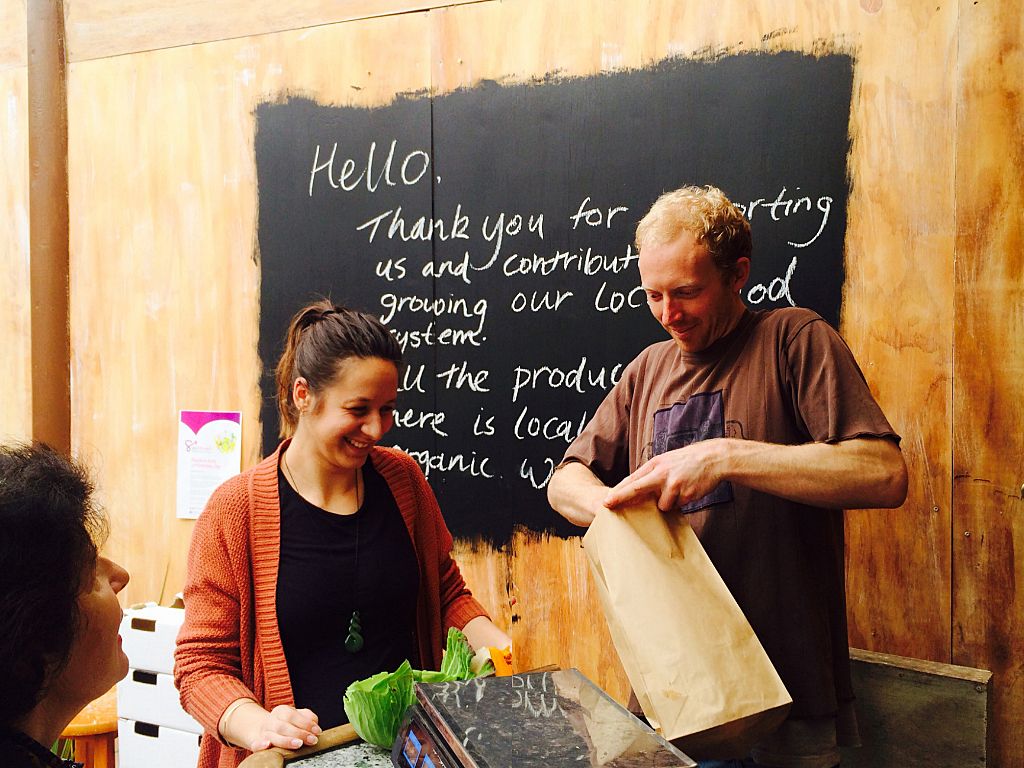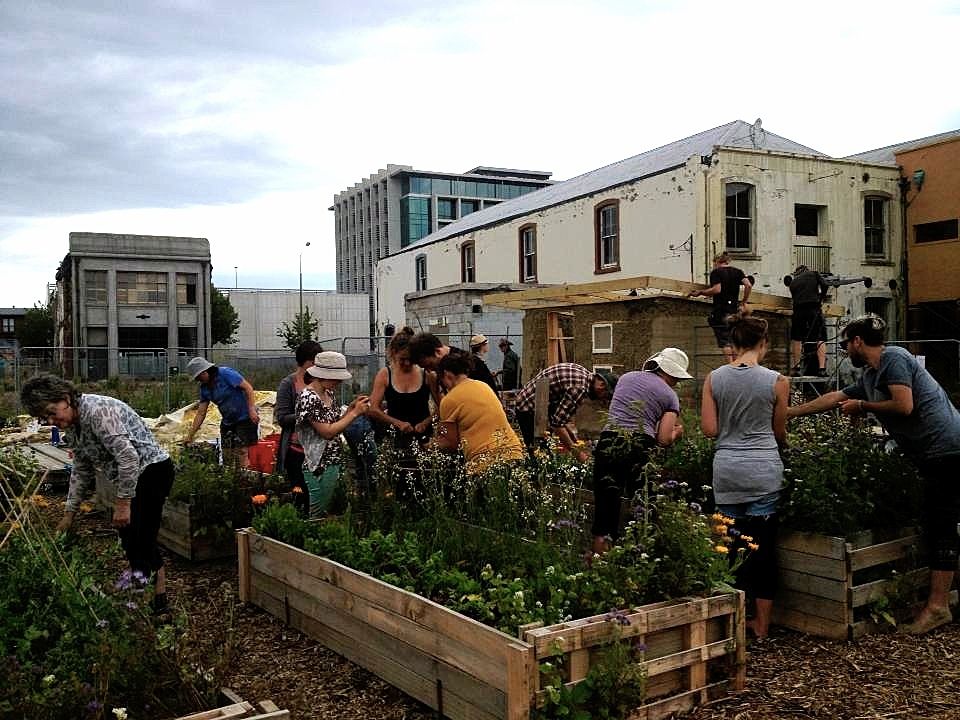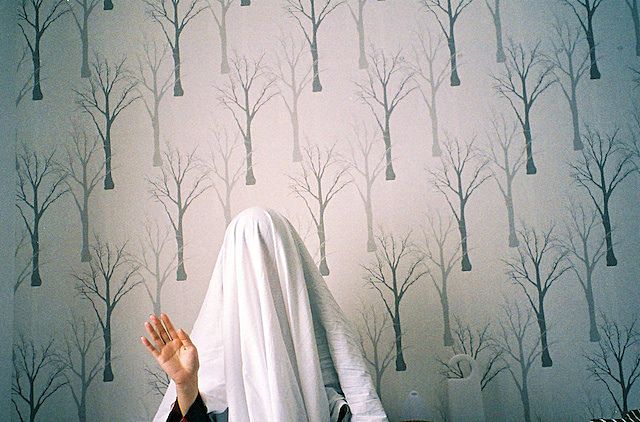Creative Thinkers of Christchurch: Bailey Peryman
Brie Sherow talks to Bailey Peryman as part of a series on the creative thinkers of Christchurch.
Garden City 2.0 started from the ground-up. Their food bag delivery now serves all of Christchurch city: they collect produce from local growers and deliver them to specific pick-up points, connecting local famers to markets and connecting people to their food, but when they started it was a bit more chaotic. The food was disproportionate. “We were putting whole pumpkins into bags where one or two people would be eating that food for a week,” recalls Bailey Peryman. They had no systems in place, and it took the same amount of time to sort and pack ten bags as it does to pack fifty now. “You just have to acknowledge the fact that you’re a rookie and deal with it. It’s not going to be your dream operation from the start, and it’s not going to be that after a year either, but you’ll be feeling a lot better.”
He believes that if you’ve got a business plan and you’re following it, then you’re already doing well. “We try out our ideas and we make mistakes, and that’s fine as long as its not at the expense of our integrity and we're still being honest to the people that we’re providing the service to.”
Garden City 2.0 is driven by their desire to create more resilient food systems. Bailey believes that real power lies in community action – whether or not it’s officially sanctioned – and that the best way to serve a community is through giving them the support structures to grow. Today, not only does the organisation cover all of Christchurch city, but they also provided the impetus for Agropolis Urban Farm, a hub for composting and agriculture in a vacant city centre lot used by community groups and local businesses.
The Agropolis project appears simple on the surface, but there’s a complex system behind it that can be easily scaled. The garden is located on a LIVS site within the national government’s Innovation Precinct designation. Despite not having official CERA approval as an innovative use of the land, it’s hosted sustainable building workshops, seed raising and composting workshops, community feasts, markets, art performances, and The Social’s artist residency in a caravan amongst the planters. Bailey speaks about the need to recognise an ebb and flow with the city’s experimental projects. Groups need to work together and forgive each other the mistakes made while learning. Agropolis was quiet for a period of time due to lack of resources rather than lack of enthusiasm. The space initially started with one compost bin on a vacant rubble lot, growing into a viable urban farm necessitates putting thought into governance and processes. Many community initiatives are finding themselves in a similar place, expanding to the point of becoming viable long-term operations necessitates restructuring.
On the days when there is no food bag delivery service or farmers markets, The Sumner Green Grocer is open. Bailey and his partner Michelle profile the farms and tell stories about the produce. “When people are in the shop we’ll talk to them for as long as they’ll listen. We’re just these excitable little kids. We’ve got all this news and we barely feel like we’re scratching the surface.” People are used to having choices unrelated to seasonal availability, and it can be a struggle to educate them. In March there were a couple of cyclones that damaged local crops. “This week we have spinach, but that’s because we spent hours picking out the last of this crop that has been seriously damaged by the rain.” He says that the response varies, with some people enthusiastic and eager to learn while others showing their appreciation simply by coming.
Bailey has been a Cantabrian on his Dad’s side for many generations (there’s a Peryman Road in Tai Tapu where they farmed) and his first job was doing the milk run, foreshadowing his food bag deliveries. He was eight when his mother passed away, and after that his dad and his brothers formed a tight-knit family. He credits his older brother for helping raise him, his younger brother for encouraging his study, and his dad for advising him to do what comes naturally. “I wouldn’t always go to class but I would get away with it because I would always do the work and was achieving. I bent a lot of rules.” He found that he often learned more from bending the rules than from following them.
During his post-graduate degree he undertook a study with Gisborne District Council looking at the protection of significant surf breaks. He was surprised by how far removed planning policy could be from the people who were the subject of the policy. Formal planning procedures can be rigid, but he found ways to accomplish things within the framework of official permissions processes. His supervisor, Yvette Kinsella, encouraged him to talk directly to people within the community when he had questions. He describes her as ‘loose but effective’. I ask if being loose is part of what it takes to be effective. “To be effective maybe you have to be a little loose in a way that anticipates but can also tolerate ambiguity.”
Through his work with the Council, he found that those who were most effective in their work were those with a good sense of humour. “They can receive shocking news and laugh about how ridiculous it is, swallow it, and then say ‘alright, what are we going to do?” This humour, and this drive for action, is something that feels integral for Christchurch, too. “The city needs the community to take ownership but they’re just not quite ready to hand over the keys.”
The city needs the community to take ownership but they’re just not quite ready to hand over the keys.
Bailey shared his vision for food systems as a presenter at the Festival for the Future in 2013. Festival founder Guy Ryan advised him to ‘keep the vision and the resources will come.’ There’s no way to know the future, but you can shape it by giving power to the community you’re serving and helping grow. Bailey says young people aren’t apathetic, but create their own systems rather than working within imposed top-down structures. Participation and inclusiveness are the drivers that will allow grassroots organisations to mature and handle large-scale responsibilities.
In Christchurch there is an integrated network of organisations involved in experimental activities, boundaries blur between sustainability, the arts, and social systems. In part this is due to the widespread dissatisfaction with the top-down decisions being made. “So much has been committed on our behalf, without our permission and without any kind of consensus, stuff that’s going to have a huge impact on the shape of our city.” Bailey recognises that the problems we’re facing have their roots before the earthquakes, “I think the whole recovery thing is a misnomer. We need to throw the idea of recovery out the door and go back to the transitioning to something better.”
Also in this series:
Reconstruction and Renaissance
Bridget McKendry of Makercrate
Audrey Baldwin
Amiria Kiddle



